What Is the Wear Resistance of Tungsten Crucible?
- Details
- Category: Tungsten Information
- Published on Monday, 30 June 2025 10:51
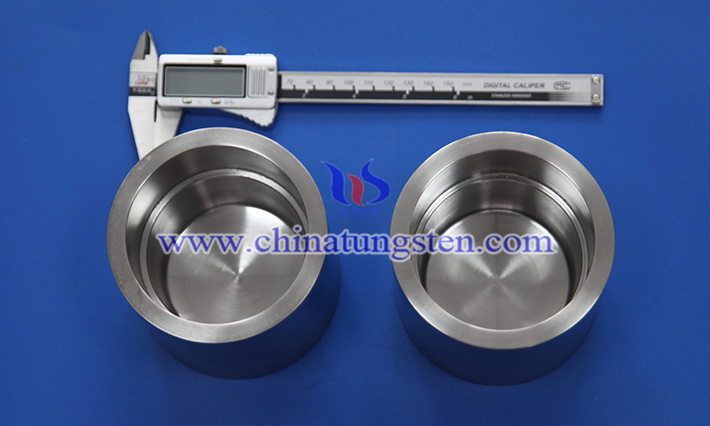
Tungsten crucibles play an important role in high-temperature metallurgy, crystal growth, vacuum smelting and other fields, and have long been known for their excellent high temperature resistance and good chemical stability.
Tungsten-Nickel-Copper Alloy
- Details
- Category: Tungsten Information
- Published on Friday, 27 June 2025 18:53
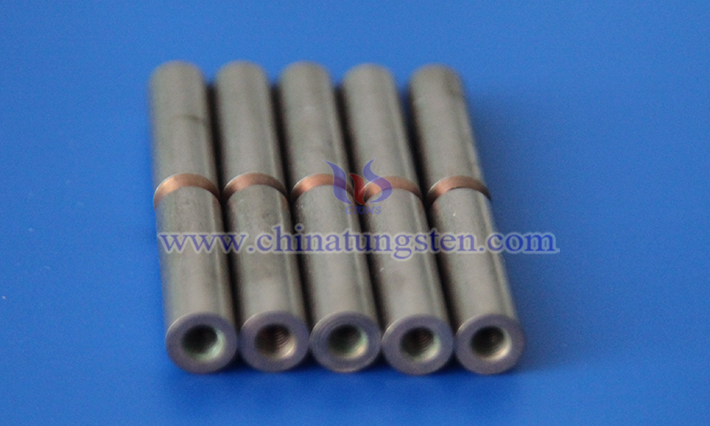
In the vast field of materials science, tungsten-nickel-copper alloy (W-Ni-Cu) shines like a brilliant star, exuding unique charm. As a high-performance material with tungsten as the matrix and alloying elements such as nickel and copper, it is known as the "versatile player" in the industrial field, playing an indispensable role in many key industries. From the high-tech aerospace sector to the manufacturing of daily electronic devices, its presence is ubiquitous. Let us now delve into the wonderful world of tungsten-nickel-copper alloy, exploring its composition, unique properties, and extensive applications.
Tungsten-Nickel-Iron Alloy
- Details
- Category: Tungsten Information
- Published on Friday, 27 June 2025 18:47
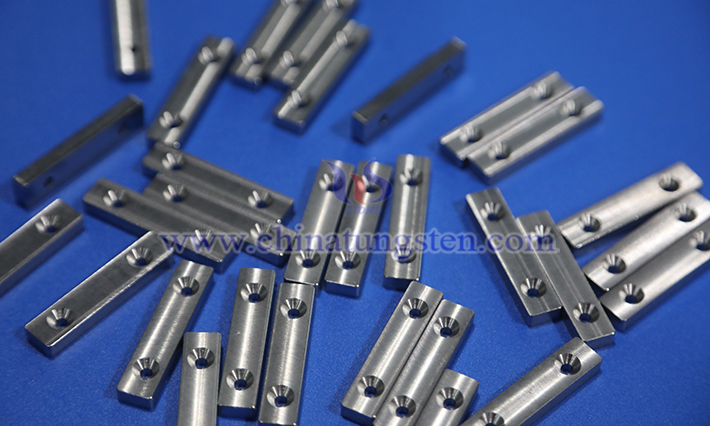
Tungsten-nickel-iron alloy is an important tungsten-based high-density alloy. By definition, it is an alloy composed of adding nickel and iron to metallic tungsten, with the nickel-iron ratio typically maintained at 7:3 or 1:1. With excellent comprehensive properties, this type of alloy is widely applied and has become the main category of tungsten-based alloys with large usage at present.
Thermal Stability of Tungsten Wire in Heating Glass Equipment
- Details
- Category: Tungsten Information
- Published on Friday, 27 June 2025 17:13
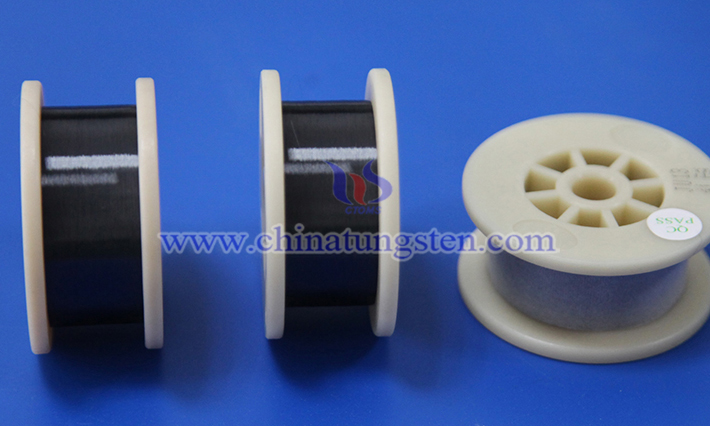
Tungsten wire exhibits excellent thermal stability in heating glass equipment due to its ultra-high melting point, low vapor pressure, excellent high temperature strength, good creep resistance (especially non-drooping tungsten wire) and low thermal expansion coefficient, making it an ideal choice for high temperature heating elements.
Application of Tungsten Wire in Glass Industry
- Details
- Category: Tungsten Information
- Published on Friday, 27 June 2025 17:10
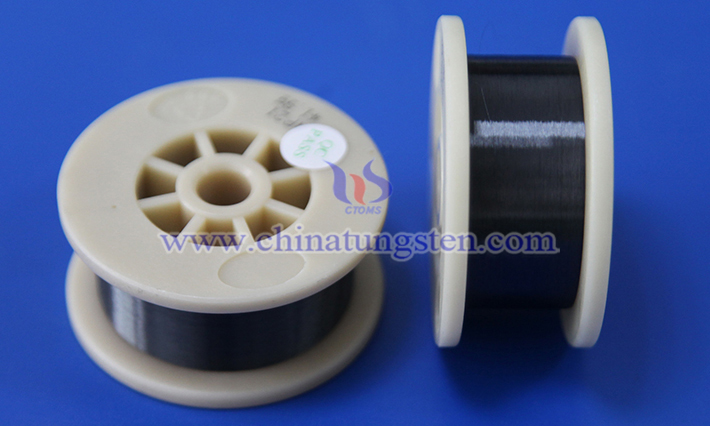
Tungsten wire has the characteristics of high melting point, good mechanical strength, corrosion resistance and low thermal expansion coefficient, and has extensive and important applications in glass industry.
The Role of High Temperature Resistant Tungsten Wire in Glass Forming
- Details
- Category: Tungsten Information
- Published on Friday, 27 June 2025 17:08
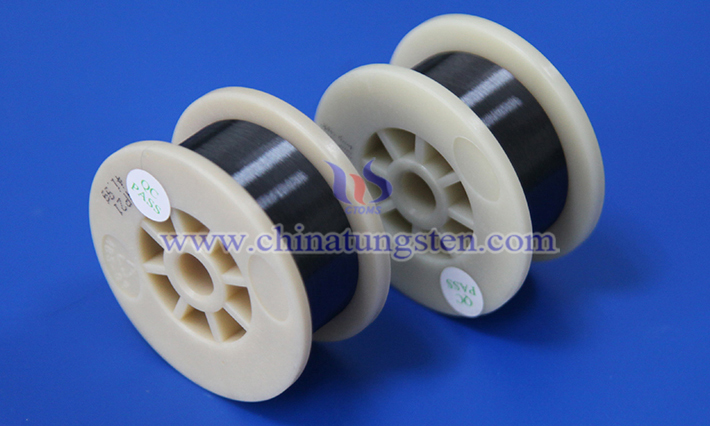
High temperature resistant tungsten wire plays a vital role in the glass forming process. Its unique performance is closely combined with process requirements, which significantly improves the quality and production efficiency of glass products.
Application Scenarios of Tungsten Wire in Smart Glass
- Details
- Category: Tungsten Information
- Published on Friday, 27 June 2025 17:02
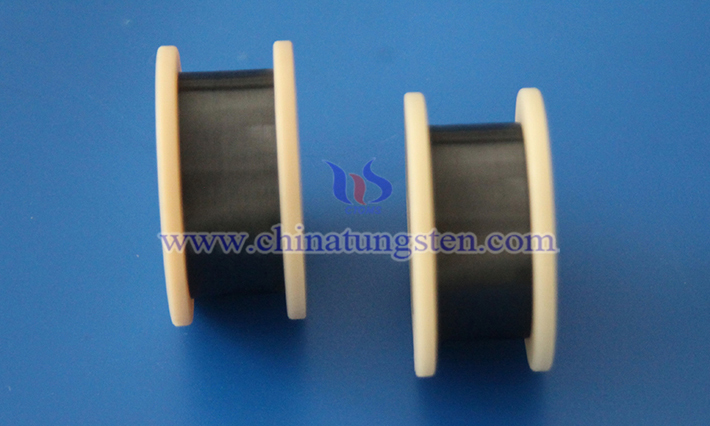
Tungsten wire, with its unique physical and chemical properties, has shown significant technical advantages and rich application scenarios in the field of smart glass, such as playing an important role in the realization of intelligent dimming, defrosting and defogging, energy management and other functions in the automotive, construction, electronics and other industries.
Heating Glass Technology: Thermal Conduction Mechanism of Tungsten Wire
- Details
- Category: Tungsten Information
- Published on Friday, 27 June 2025 17:00
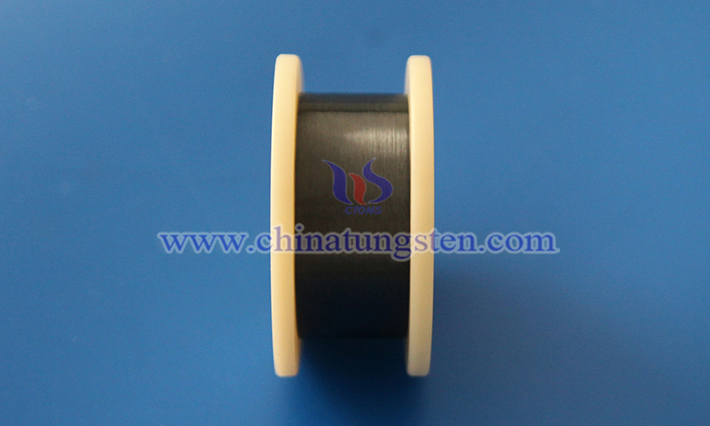
In heating glass technology, tungsten wire is an efficient heating element, and its thermal conduction mechanism mainly involves heat generation, transfer and interaction with glass substrate.
Applications of Tungsten Wire in Glass Molding
- Details
- Category: Tungsten Information
- Published on Thursday, 26 June 2025 19:31
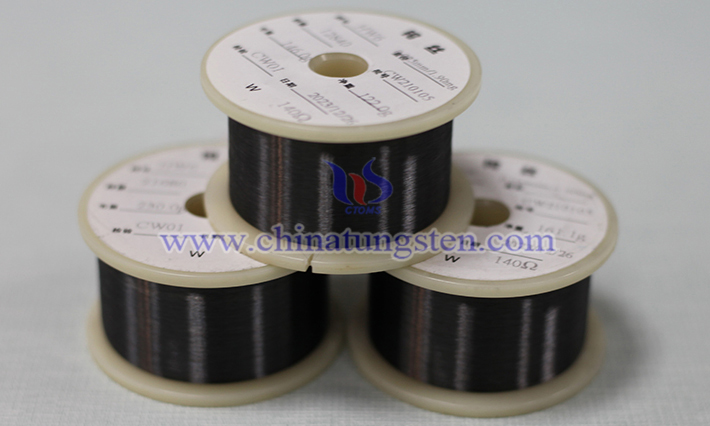
Tungsten wire is widely used in the industrial field, especially in the glass molding process, due to its high melting point, corrosion resistance and excellent mechanical properties. Tungsten wire is mainly used in key links such as heating, cutting and molding in glass manufacturing, and its unique properties can meet the needs of high temperature and complex process environments.
Application of Tungsten Wire in Glass Melting
- Details
- Category: Tungsten Information
- Published on Thursday, 26 June 2025 19:29
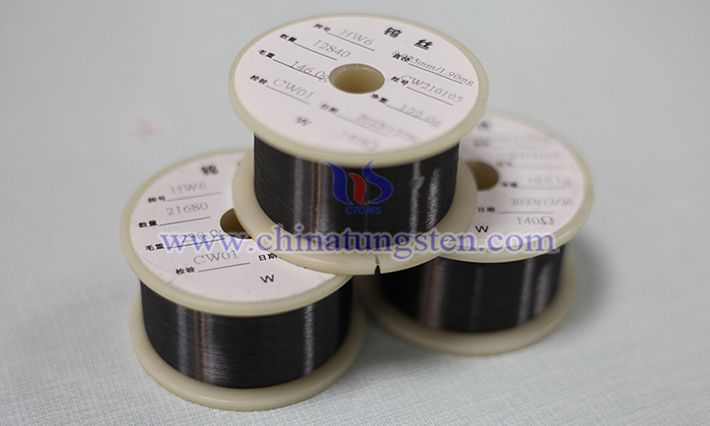
Tungsten wire has an indispensable application in the heating, molding and experiment of glass melting due to its excellent high temperature performance and chemical stability. It is a key material in modern glass industry and scientific research.


 sales@chinatungsten.com
sales@chinatungsten.com